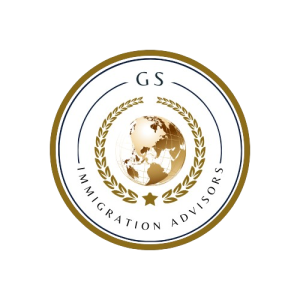How to remain in the Express Entry pool and be eligible for jobs in Canada
The expansion of Canada’s labor market is largely due to its economic immigration policies, which have increased the country’s workforce by about 100% in recent years. Owing to the crucial role immigration plays in the Canadian economy, employment efforts are frequently linked to immigration programs in order to assist Canadian firms in filling open positions for which they may not be able to hire domestically. Employers’ capacity to select applicants from the Express Entry candidate pool is a prime illustration of this. Discover if You Are Eligible for Canadian Immigration When is the Express Entry system used by firms for hiring? Hiring a foreign national from the Express Entry pool requires employers to meet Immigration, Refugees and Citizenship Canada (IRCC) rules and be in particular circumstances. Employers specifically need to: Verify if the position being hired for meets the requirements for skilled labor. Jobs falling into categories 0, 1, 2, or 3 of the National Occupation Classification (NOC)* under Canada’s TEER (Training, Education, Experience, and Responsibility) system are considered skilled labor; additionally Provide evidence that they have posted the job opening on the Job Bank website run by the Government of Canada and in “two other places” to demonstrate their inability to find a domestic candidate. *The NOC system is used in Canada to define and classify the many professions that are practiced there. It comprises the TEER system, which classifies work levels according to the qualifications, experience, degree, and duties required to carry out the duties of the position. How does Express Entry hiring work for employers? Using the National Job Bank’s “Job Match” tool, firms in Canada search for prospects and extend job offers through Express Entry. In addition to a plethora of other employment-related services and resources, such as career planning tools, labor market statistics, and hiring assistance, the Job Bank is the federal platform for job postings. The Job Bank’s system will attempt to match up profiles that correspond with the job description in a posting with an employer’s job ad through the use of the Job Match tool. An employer can decide whether to consider these individuals for the post after they have been identified and the hiring procedures have been followed. Keep in mind that the Job Match function takes into account every person in the Job Bank system, not simply those who are part of the Express Entry pool. An employer may initially need a Labour Market Impact Assessment (LMIA) if, after fulfilling all requirements, they choose to extend a job offer to a foreign national in the Express Entry pool. The government conducts labor market impact assessments, or LMIAs, to ascertain the effects of hiring foreign workers on the Canadian labor market. For a document to support a Canadian employer’s hiring of a foreign national, the result must be positive or neutral. Additionally, there are several circumstances in which an LMIA is not required. The business is required by Express Entry to extend a legitimate job offer to the candidate following the acquisition of an LMIA, if necessary. How may those who join the Express Entry pool as newcomers be considered for jobs? Those new to the Express Entry pool who wish to utilize the Job Bank’s “Job Match” feature must: Possess a current Express Entry profile, complete with a job seeker validation code and profile number; and Open a Job Match account (not to be confused with a Job Bank account, as they are related services). When establishing a profile on the Job Match platform, individuals will be prompted to input their Express Entry details. The IRCC provides job seeker validation numbers, which enable qualified profiles to start seeking for work in Canada. Once a legitimate profile has been submitted to the Express Entry pool, they are generated along with the profile number. It is suggested that candidates get in touch with IRCC if they do not obtain a job seeker validation code. Following the setup and connection of both accounts, job advertisements from the Job Bank will be matched with newcomers. Candidates for Express Entry will only see job ads that have been active on the Job Bank for more than 30 days. Follow these procedures if you are having trouble connecting your Job Match and Express Entry accounts. Visit the government’s dedicated portal here to learn more about the Job Match feature and to register for the program. Discover if You Are Eligible for Canadian Immigration








